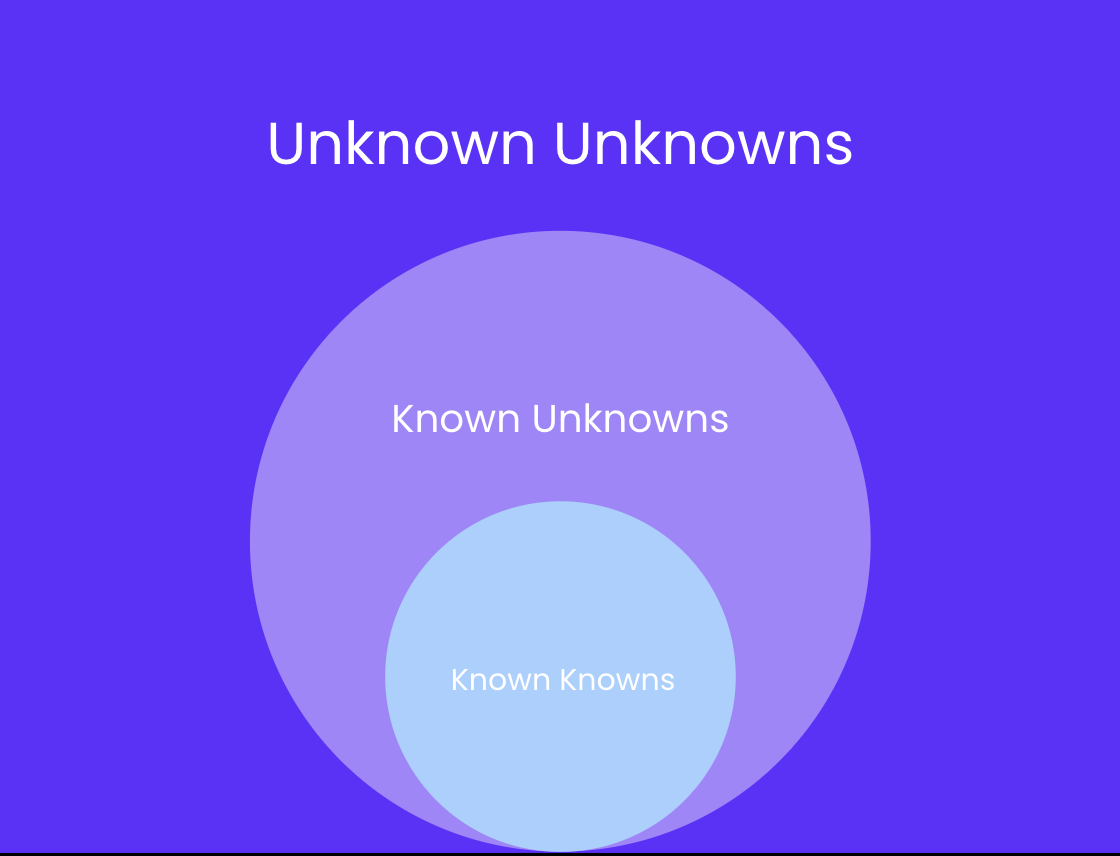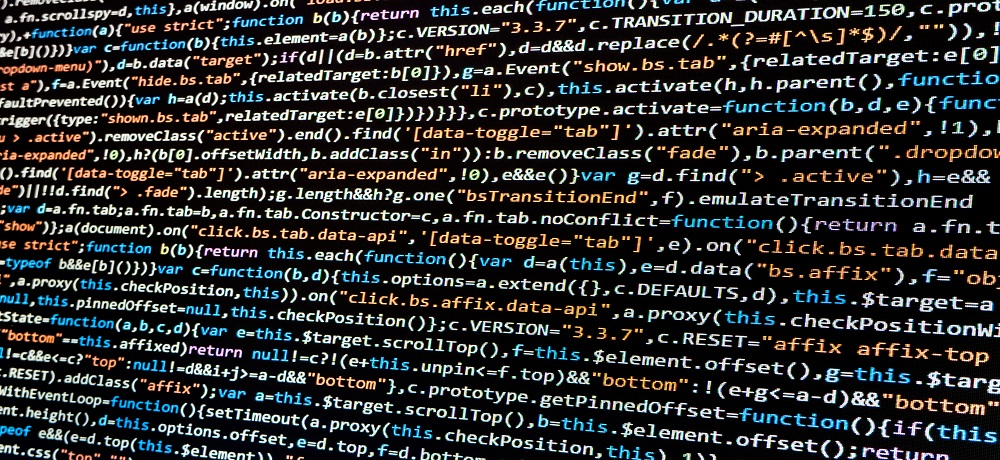
In this guest blog post, Christian Headley and Jesper Solheim Johansen, from Keenious, the automatic online researcher tool, considers how to improve information literacy in an algorithmic world.
We’re grateful that Keenious are one of the sponsors of the LILAC 2022 conference. If you are attending the conference this year, do visit their stand in our exhibition space.
The information landscape is an ever-changing ecosystem. Paul Zurkowski coined the phrase Information literacy (IL) in 1974 [1]. He noted that persons are information literate when “trained in the application of information resources to their work”. Zurkowski proposed this prior to the World Wide Web being established. The “multiplicity of access routes and sources” that Zurkowski referred to have multiplied even further. So too have the technologies we utilise to gather them. We have continuously updated our collective understanding of IL as the information ecosystem itself has evolved. The skills required to navigate, evaluate and apply information have changed dramatically — particularly in the age of the algorithms.
In the information age, filtering systems, driven by algorithms and artificial intelligence (AI), have become increasingly prominent, to such an extent that most of the information you encounter on the internet is now rearranged, ranked and filtered in some way. The trend towards a more customised information landscape is a result of multiple factors. But advances in technology and the fact that the body of information available online grows exponentially are important contributors.
Students need algorithmic literacy
The world of academia is no exception. The number of academic papers being published has an average doubling period of 15 years [2]. Around the world, AI-driven systems are now increasingly embedded into the resources and services offered by university libraries [3], meaning more and more students are interacting with such systems on a daily basis. Some have raised concerns about the consequences of this trend from an educational perspective — how do information filtering systems affect IL among students?
Authors from Project Information Literacy [4] published a report [5] voicing a need for an approach to IL education more aligned with this new reality. The report notes that what is happening behind the scenes of AI-driven systems is often veiled and poorly understood.
AI-driven systems are undoubtedly here to stay. Students must hence be equipped with the skills required to thrive in the age of algorithms. Ridley and Pawlick-Potts [6] suggest that implementing algorithmic literacy as part of IL courses is a powerful way in which libraries can develop students’ ability to navigate these new systems. Similarly, providers of educational technology must design and implement systems in an ethical way. There is a shared responsibility between the technology creators and IL educators to ensure a future where intelligent filtering systems become a friend, not an enemy, of the information literate.
Opportunities for IL with AI systems
The benefits of AI systems can sometimes be overlooked. Conversations tend to, often reasonably, revolve around the risks of AI. Stepping back, there are numerous opportunities through which AI-driven systems can contribute to IL in the context of academic literature. In the following section, we present three opportunities in which systems like Keenious, an AI researching tool, can facilitate IL:
1. Acquiring subject knowledge and terminology awareness
A notable challenge that students encounter in their academic lives is defining precise and specific research terms [4]. For example, formulating fine-tuned queries for literature searches, or being able to generate from a topic of interest a narrow problem statement. In conversations with librarians, these challenges may surface as “I don’t know what to search for” or “there is no research on my topic”. AI-driven systems, and particularly those making sense of a user’s natural language, can provide a helping hand to students (and subject librarians) in these scenarios. Many of these systems aim at intertwining searching and learning experiences [7], by facilitating knowledge acquisition as part of the searching process. One such example could be a system that recommends relevant topics to a student’s text, which makes the student aware of possible approaches to narrow down a problem statement.
2. Breaking patterns and visualising subjects
Albert Einstein is often attributed with defining insanity as “doing the same thing over and over and expecting different results”. This is precisely what many students across the world are doing with keywords and their search queries. A portion are only beginning their foray into a specific subject area. They lack an understanding of the landscape of the subject which leads them to weigh views disproportionately, emphasising only a few. Some AI systems can disrupt this behaviour of repetition by suggesting relevant areas for students to investigate. These systems have been trained with large datasets, typically with millions of data points, to identify patterns. AI could be used to plot these patterns to provide a visual map of a subject, a feat which would take an individual far too long and be infeasible to maintain.
3. Facilitating interdisciplinary research
Journals, databases, and departments are just a few telling examples of how academia is organised into groups for the purpose of relevancy and efficiency. However, this siloing of knowledge can also be a barrier for students to benefit from the full spectrum of related work. AI systems, like Keenious, are not constrained by these borders. These systems let students search for the most relevant information regardless of its position in the academic landscape.

Fig 1. We are totally unaware of what we don’t know exists.
Wrap up
As discussed, the prominence and prevalence of AI systems is increasing, and academia is a hotbed of activity and potential. It is important that we understand these systems in order to allow us to make informed decisions, and so that we can create an up-to-date, fit for purpose education for students. Like any new transformative technology, AI has notable risks but also many opportunities to not only improve students’ experiences but also improve their outputs.
References
- Badke, William. (2010). Foundations of information literacy: Learning from Paul Zurkowski. 34. 48-50.
- Fortunato S, Bergstrom CT, Börner K, Evans JA, Helbing D, Milojević S, Barabási A-L (2018) Science of science. Science 359(6379):eaao018. https://doi.org/10.1126/science.aao0185
- Urdaneta-Ponte, M. C., Mendez-Zorrilla, A., & Oleagordia-Ruiz, I. (2021). Recommendation Systems for Education: Systematic Review. Electronics, 10(14), 1611. https://doi.org/10.3390/electronics10141611
- Project Information Literacy (PIL). https://projectinfolit.org/.
- Alison J. Head, Barbara Fister, and Margy MacMillan (January 15, 2020), Information literacy in the age of algorithms, Project Information Literacy Research Institute, https://projectinfolit.org/publications/algorithm-study
- Ridley, M., & Pawlick-Potts, D. (2021). Algorithmic Literacy and the Role for Libraries. Information Technology and Libraries, 40(2). https://doi.org/10.6017/ital.v40i2.12963
- Vakkari, P. (2016). Searching as learning: A systematization based on literature. Journal of Information Science, 42(1), 7-18. DOI: 10.1177/0165551515615833




I would add: the filtering systems are not only driven by signals in the content (relevance ranking) but also driven by signals of the searcher. Past behavior (and user profiling), current location (IP address recognition), device type (signal of user intent and/or social-economic status), and other user-specific attributes are being used to attempt to offer users the information that the provider thinks the user is looking for.
Even more reason for researchers to be aware of the algorithmic ordering of search results.
(Comment also made via Hypothesis: https://hyp.is/vLn-gL8-EeyqofvCr1DN7Q/infolit.org.uk/improving-information-literacy-in-an-algorithmic-world/